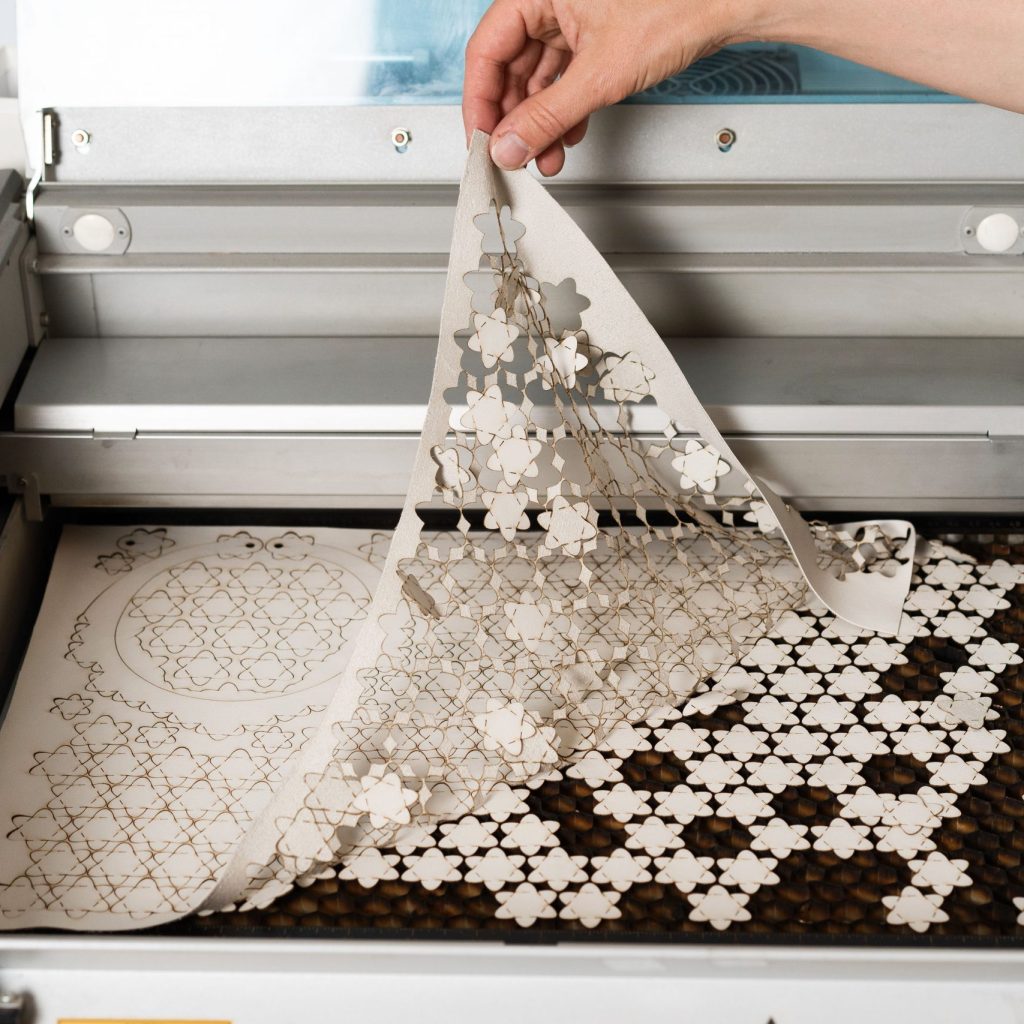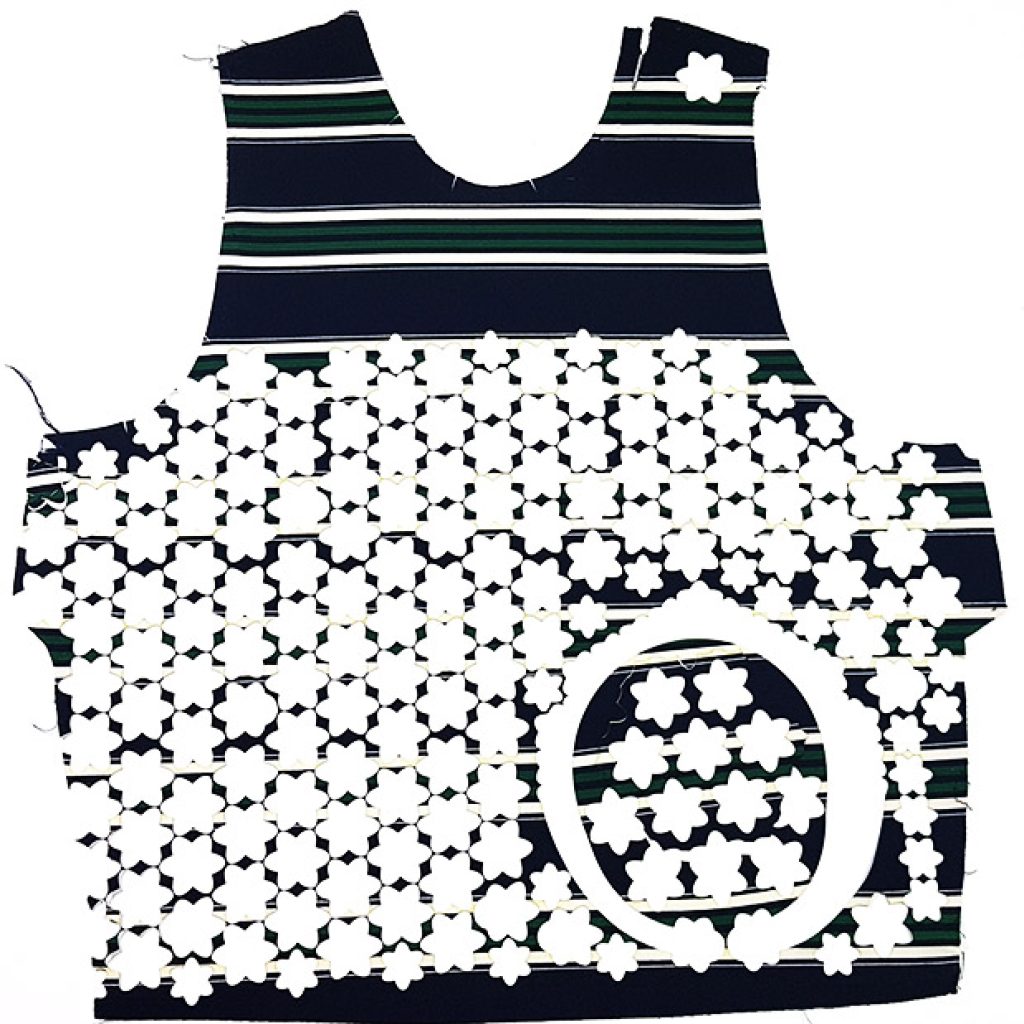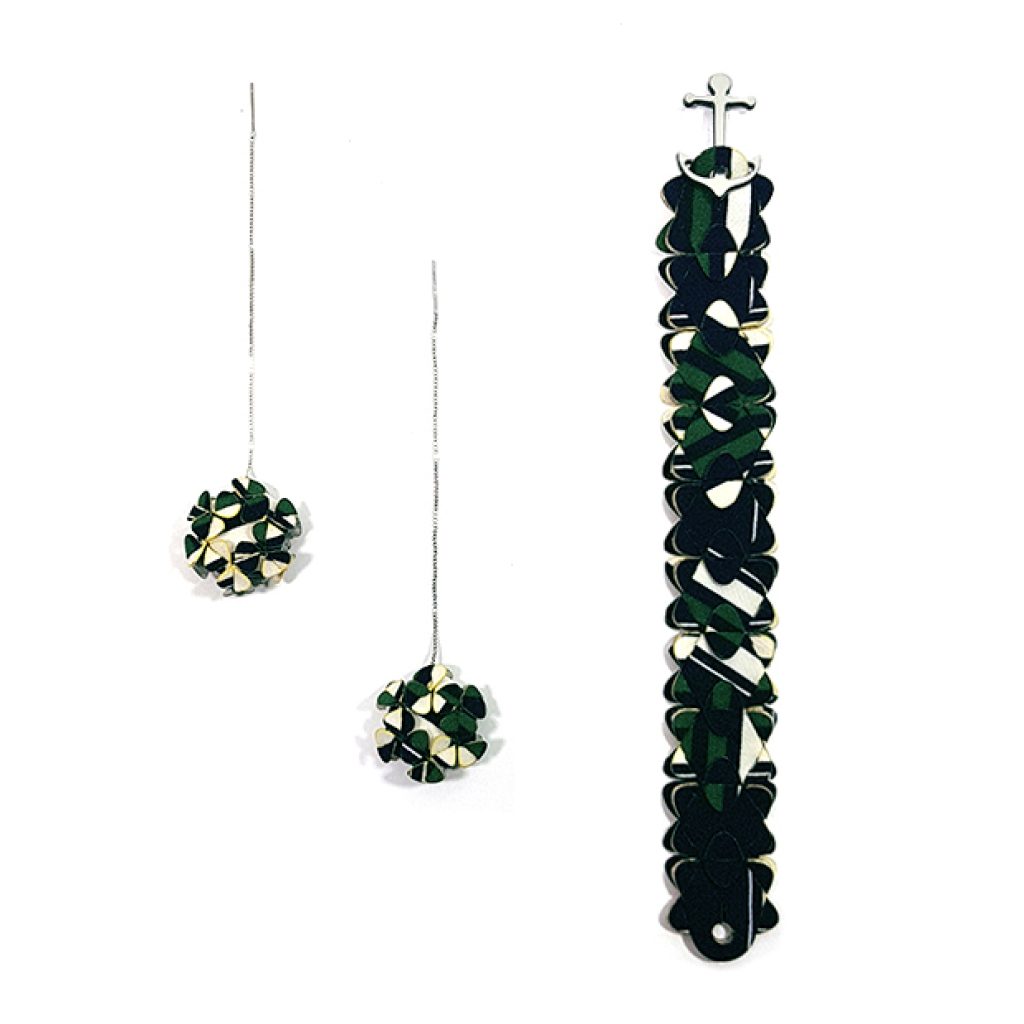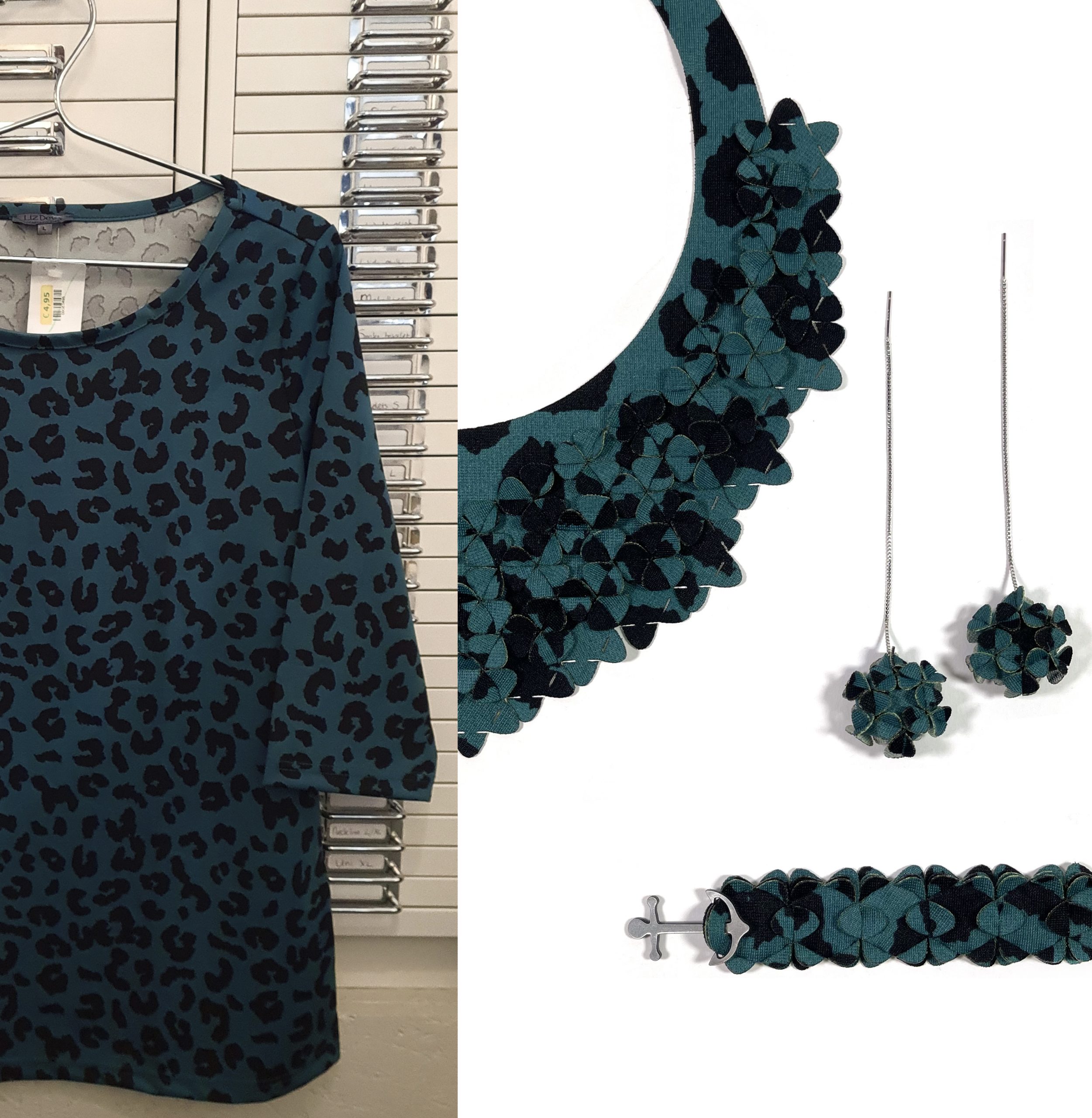Conscious Design & Sustainability
Iris Nijenhuis developed this modular system in such a way that each piece can be replaced by a new one, which makes it a durable design that you can enjoy and upgrade like you would with your favourite pair of shoes!
Her design principle is based on a desire to be able to create what she designs. From the design itself, to the packaging, the displays, sometimes even the haberdashery. This enables her to organise a great part of the production process from her own atelier, and produce on demand to avoid deadstock.
The development has got to the point where she has created a really strong basic collection that does not change with the fashion seasons. Sometimes, she adds new designs, and in addition to the permanent collection, she does alternate some colours and prints with the seasons.
Iris Nijenhuis designs have a very distinctive and timeless style that never goes out of fashion.
New fabrics vs. old material
and the definition of ‘waste’
For her jewellery collection she economically cuts small amounts of mostly new fabrics (*OEKO-TEX certified) with a laser cutter into tiny puzzle pieces. She finds these colourful, vibrant fabrics on markets, in fabric stores and online. Due to the precise and efficient placement of the small puzzle pieces on the laser bed there is no substantial residual material.
Creating a desirable piece is the main purpose, and in her point of view an important aspect of long lasting, timeless design. In some cases it’s possible for her to use second hand fabrics. For instance from discarded garments or pieces of cloth. This is only possible if the fabric is suitable for both laser cutting, puzzling and of course meets the esthetic requirements to make a desirable piece. (read more about the technical requirements in: The Technique)
Due to her academic knowledge of the fashion industry and her respect for handmade garments there is another condition. A garment is only cut into pieces if it’s damaged, has a stain on it, or if it’s so unmistakeably ‘out of fashion’ that even the thrift shop has a hard time selling it.
The downfall of upcycling from discarded garments is that it creates more residual material than with straight cut pieces of cloth. Also, it’s quite time-consuming to search for good quality, desirable and colourful textile scraps or old clothes. This, on top of the already labour-intensive design process, makes these pieces more costly.
——
Fabrics that are discarded by manufacturers or fashion companies are very much welcome and definitely can be used! But Iris’ doesn’t really define this as ‘waste material’ since the fabrics are new and unused. Actually, they are more leftover fabrics, that you can buy (or sometimes get for free) from manufacturers.
Are you a textile professional with potentially good leads in helping us find leftover fabrics? Get in touch via: info@irisnijenhuis.com
——
Unique ‘limited editions’ made from waste material are mostly sold directly from her own stock during events, and sometimes available in her web shop.
She made the conscious choice of not mixing them with the regular collection, so that people will not mistakenly assume that all the pieces presented with retailers are made from second-hand fabrics (which from experience happens).
If you are interested in upcycled pieces or if you have an upcycling project for us, feel free to get in touch via: info@irisnijenhuis.com
*STANDARD 100 by OEKO-TEX® is one of the world’s best-known labels for textiles tested for harmful substances. It stands for customer confidence and high product safety.






